A recent Anthropic roundtable on prompt engineering reveals an exciting, iterative journey of discovery. Engineers refine prompts by continually experimenting and pushing AI to its limits, unlocking new possibilities with every step. As AI grows, the future points toward a designer-client dynamic, where models don’t just execute commands but collaborate creatively, asking the right questions and honing responses in real-time. This evolution isn’t just about fine-tuning—it’s about empowering AI to understand us more deeply, sparking a new age of human-machine collaboration.
Below is a summary of the round table discussion:
Introduction
The roundtable focuses on prompt engineering, with multiple perspectives from research, enterprise, and consumer sides. The participants introduce themselves and their expertise. They set the stage for a deep dive into the evolving field of prompt engineering, highlighting the importance of crafting prompts for AI models. The discussion emphasizes how prompt engineering is becoming a pivotal part of working with AI, involving roles that span from research to real-world business applications.
Defining Prompt Engineering
Prompt engineering is described as the process of guiding an AI model’s output by carefully designing the instructions or prompts it receives. It’s compared to programming, where the engineering aspect comes from iterative testing and refinement. Prompts need to be clear and often rely on a trial-and-error approach to maximize their effectiveness. Models function like human communicators, so understanding how they interpret inputs is essential. Engineers constantly test and restart prompts to ensure the model doesn’t carry over unwanted influences from previous interactions.
What Makes a Good Prompt Engineer
The discussion highlights the core skills a good prompt engineer should possess. These include clear communication, attention to detail, and the ability to anticipate how the model might interpret prompts under different scenarios. It’s not just about writing once and expecting a perfect result; a good engineer iterates, refining the prompt based on the model’s responses. Engineers should also be willing to test edge cases—unexpected or rare inputs—to ensure the model handles a wide range of possibilities accurately.
Refining Prompts
Refining prompts is a continuous process. The key to refinement is iteration: engineers should test prompts across various scenarios to cover both typical and atypical inputs. The conversation also touches on how real-world users often input data differently than expected (e.g., typos, missing punctuation), and engineers need to account for these imperfections. Effective refinement ensures that AI models can understand and react properly, even in less-than-ideal input situations. This also involves analyzing the AI’s responses closely to detect hidden issues.
Honesty, Personas, and Metaphors in Prompts
This section explores whether it’s more effective to be completely transparent with the AI or to assign it a persona (e.g., “You are a teacher”). The experts generally agree that being clear and upfront with the model about the task at hand is often more effective. Using metaphors or personas can sometimes help guide the model but might also overcomplicate things. As models get better at understanding tasks, engineers may rely less on pretending the model is something it’s not, favoring direct, clear instructions.
Model Reasoning
The group debates whether the “reasoning” a model displays, like in chain-of-thought prompts, is genuine reasoning or just a mechanical process that leads to the correct outcome. While it’s hard to fully personify the model’s thinking, structured reasoning prompts often lead to better results. Encouraging the model to break down its thought process into steps helps with accuracy, even if the internal mechanism isn’t true human reasoning. The structured reasoning steps allow for better inspection of how a model reaches conclusions.
Enterprise vs. Research vs. General Chat Prompts
The differences between enterprise, research, and general chat prompts are discussed. Enterprise-level prompts need to be more robust since they’re used millions of times and often in high-stakes environments. These prompts require thorough testing against a wide variety of inputs. Research prompts, on the other hand, might focus more on flexibility and exploring the range of the model’s capabilities. General chat prompts are often more forgiving since there is typically a human-in-the-loop who can adjust the query as needed.
Tips to Improve Prompting Skills
Improving prompting skills requires regular experimentation and closely analyzing model outputs. One tip is to read and test prompts used by others to understand what works and why. The iterative process is crucial: testing, refining, and learning from failures. Another suggestion is to give prompts to other people to see how they interpret them, which can help refine clarity. Pushing the model’s boundaries—trying to get it to do things that seem difficult or impossible—also helps prompt engineers learn the model’s capabilities and limitations.
Jailbreaking
Jailbreaking refers to manipulating the model to bypass its safety or ethical filters, often by crafting specific prompts that exploit gaps in the model’s training. While it can expose weaknesses in how models interpret inputs, it also raises ethical concerns. Jailbreaking exploits the system’s training boundaries, often placing the model in an unexpected context that causes it to behave in ways it wasn’t intended to. This practice highlights the need for better safeguards in prompt engineering to prevent misuse.
Evolution of Prompt Engineering
Prompt engineering has evolved from simple input-output tasks to something more akin to programming. Early models required more manual guidance and complex hacks, while today’s models are increasingly intuitive. The experts discuss how many tricks and techniques used by prompt engineers are now being trained directly into the models. As models grow more capable, prompting will evolve from manually refining inputs to collaborating with the model, where the AI helps generate and refine its own prompts.
Future of Prompt Engineering
In the future, AI models may become more autonomous in understanding and responding to tasks, minimizing the need for detailed manual prompting. Instead, the focus may shift to a more collaborative process, where models interact with users to better understand what they want. This could involve the AI prompting users with questions to clarify instructions, similar to a designer-client relationship. As models become smarter, the role of the prompt engineer may transform into a more advisory or oversight role rather than the hands-on task of today.



